
Ecommerce Website Design! Whether you’re a budding entrepreneur venturing into online sales or an established business looking to enhance your digital presence, this guide will provide you with practical insights and examples to help you design an exceptional ecommerce website that engages users, boosts conversions, and fosters trust.
How to Design Ecommerce Websites
When it comes to designing ecommerce websites, there are two crucial focus points:
Focus Point 1: User Engagement
User engagement lies at the heart of a successful ecommerce website. By captivating your audience’s attention and providing a seamless browsing experience, you can encourage prolonged interactions and foster customer loyalty. Techniques such as compelling visuals, intuitive navigation, and personalized recommendations can enhance user engagement and drive repeat visits.
Focus Point 2: Conversion Rate Optimization
Conversions are the lifeblood of any ecommerce venture. Optimizing your website for conversions involves strategically guiding visitors through the sales funnel and persuading them to make a purchase. From persuasive product descriptions to streamlined checkout processes, every aspect of your website should be geared towards facilitating seamless transactions and maximizing sales.
The Different Types of Ecommerce Websites You Can Build
- Business-to-Business (B2B) Ecommerce Websites: Catering to the needs of businesses, B2B ecommerce platforms facilitate wholesale transactions between companies, offering features such as bulk ordering and account management functionalities.
- Business-to-Consumer (B2C) Ecommerce Websites: B2C ecommerce sites serve individual consumers, providing a diverse range of products and services for online purchase. These platforms prioritize user experience and convenience, aiming to simplify the buying process and delight customers.
- Consumer-to-Consumer (C2C) Ecommerce Websites: C2C ecommerce platforms enable individuals to buy and sell goods directly to other consumers. Examples include online marketplaces and auction sites, where users can engage in peer-to-peer transactions.
- Consumer-to-Business (C2B) Ecommerce Websites: In C2B ecommerce models, individual consumers offer products or services to businesses. This can include freelancers offering their skills on freelance platforms or influencers partnering with brands for sponsored content.
What Does a Good Online Store Design Look Like?
A good online store design is visually appealing, easy to navigate, and instills trust in the user. Let’s take a look at three best ecommerce website design examples:
- Amazon: Known for its clean layout, intuitive navigation, and personalized product recommendations.

- Zappos: Focuses on high-quality product images, detailed descriptions, and hassle-free returns policy.

- Etsy: Celebrated for its unique and artisanal products showcased in a visually captivating manner.

Designing eCommerce for Trust and Security
Building trust is crucial in ecommerce. Communicate trustworthiness through clear language, secure payment gateways, and transparent policies.
Essential Considerations in eCommerce Website Design
- Importance of Visual Appeal: High-quality images and engaging design elements enhance the user experience.
- Frictionless Site Navigation: Clear categories, filters, and search functionality streamline the browsing process.
- Efficient Product Search: Implement robust search functions and filters for easier product discovery.
Effective Ecommerce Product Page Design
Persuasive product page designs with compelling visuals, detailed descriptions, and customer reviews can significantly boost conversions.
Optimizing Shopping Cart Design
A well-designed shopping cart with prominent call-to-action buttons and clear pricing information encourages users to complete their purchase.
Simplified Checkout Process For Higher Conversions
Streamline the checkout process by minimizing form fields, offering guest checkout options, and providing multiple payment methods for a hassle-free experience.
FAQs in Relation to E-Commerce Website Design
Q: How can I make my ecommerce website stand out?
A: Focus on unique branding, seamless user experience, and personalized recommendations to differentiate your site.
Q: What are some common pitfalls to avoid in ecommerce website design?
A: Avoid cluttered layouts, slow loading times, and confusing navigation to prevent users from bouncing off your site.
Conclusion
Designing an ecommerce website that resonates with your audience requires careful consideration of user experience, trust-building elements, and conversion optimization strategies. By implementing the tips and examples outlined in this guide, you can create a compelling online store that attracts customers and drives sales. Happy designing!
10+ Best Free WordPress Affiliate Plugins to increase your sales – 214setu
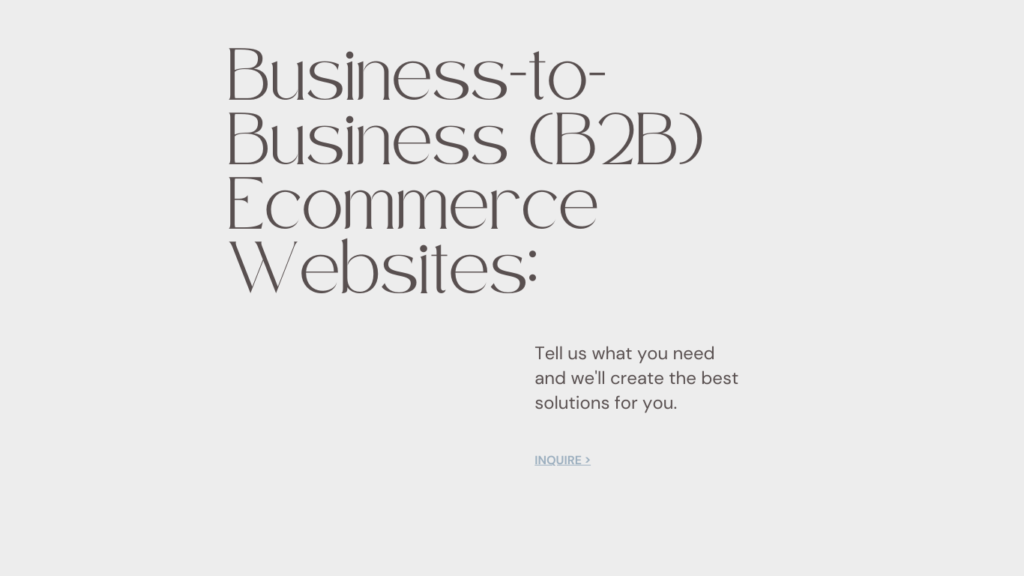



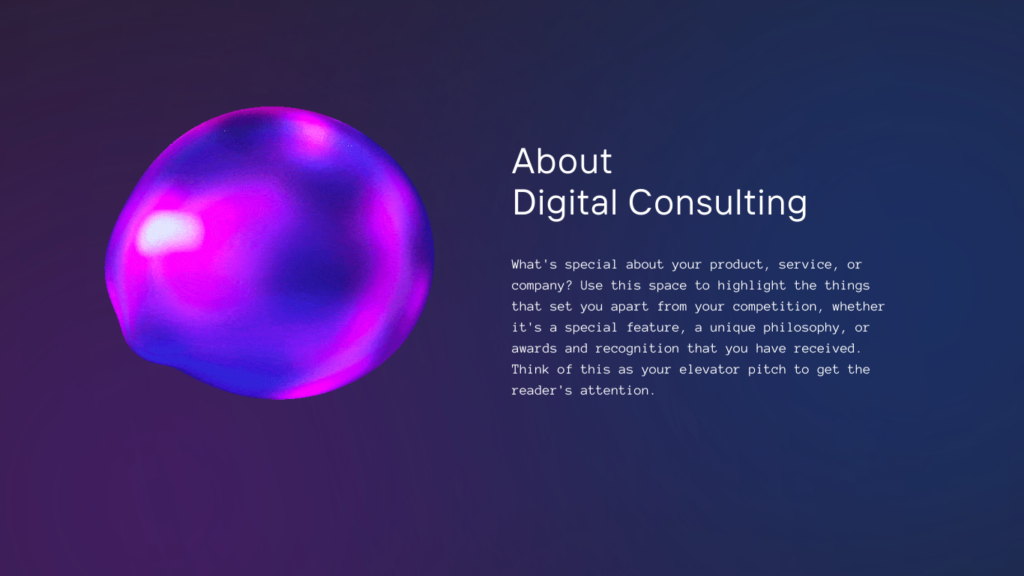
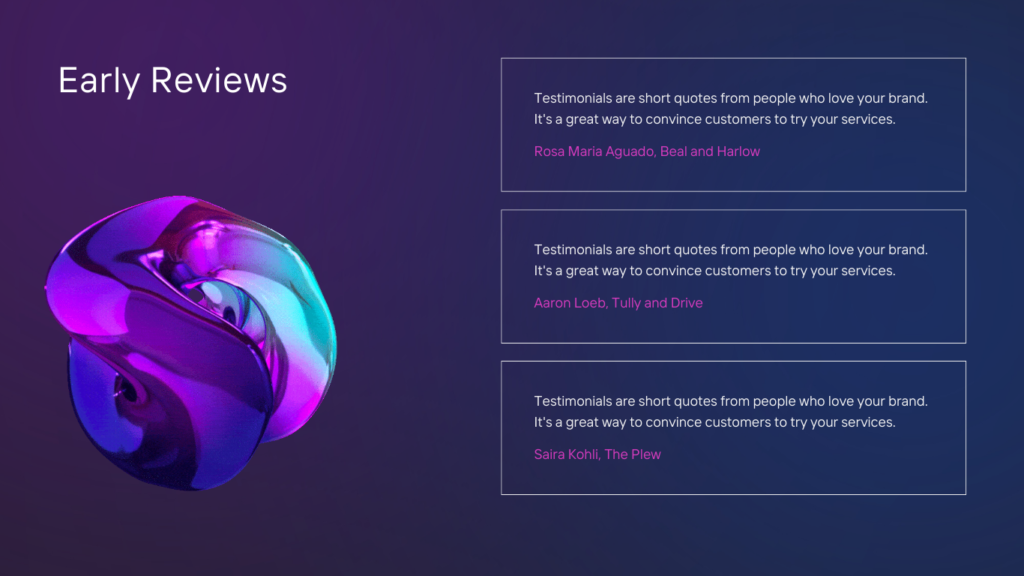

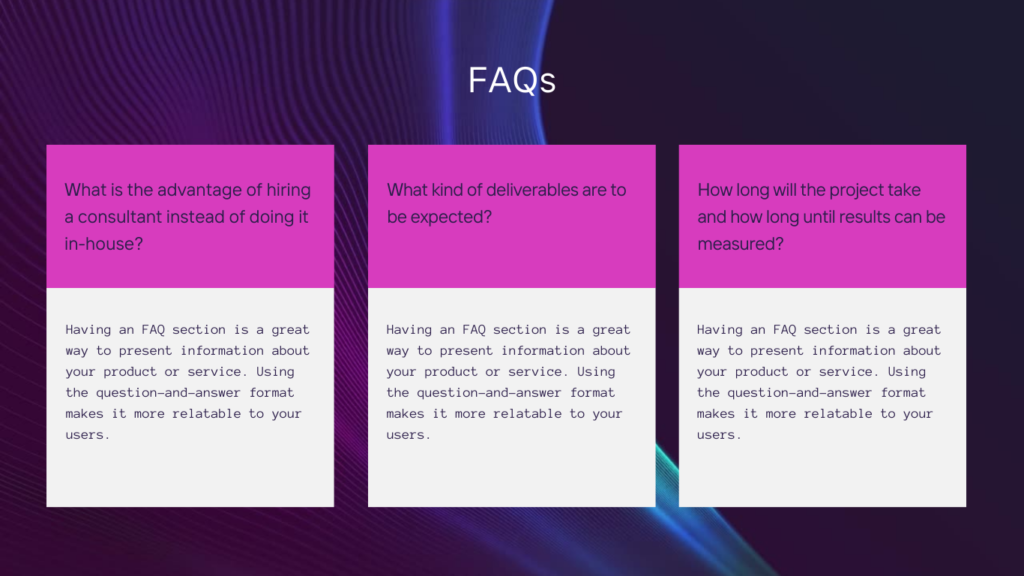
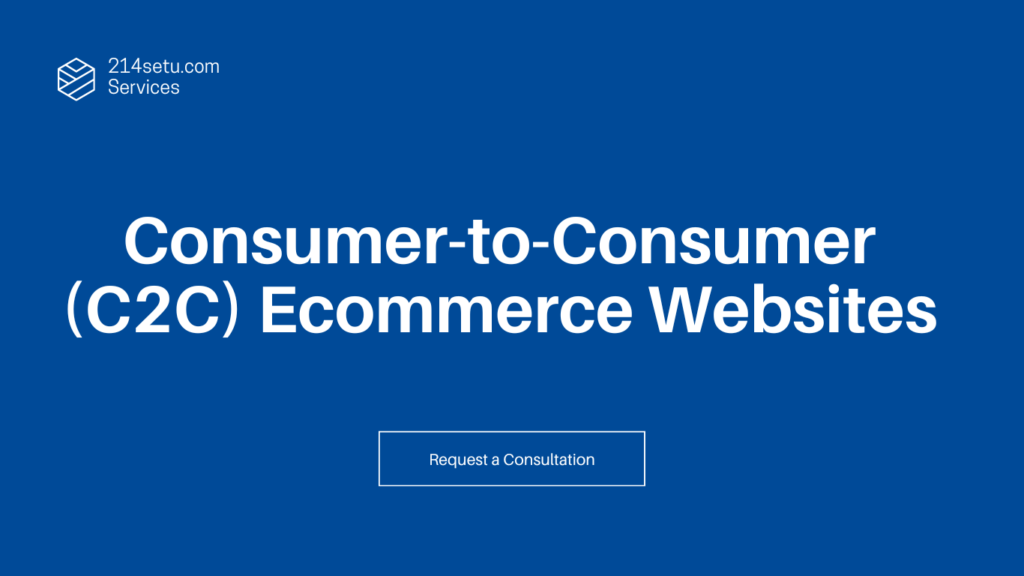
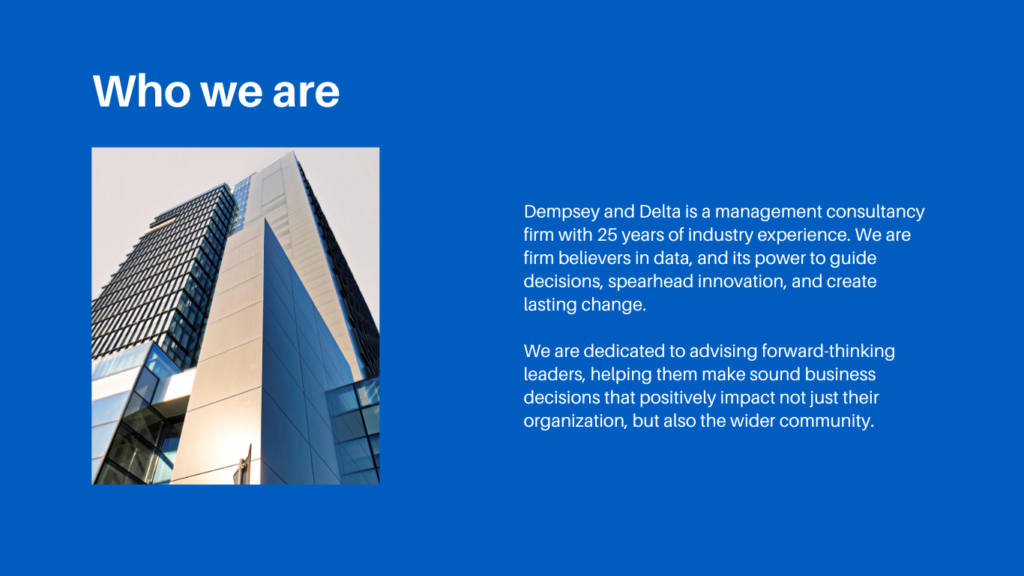
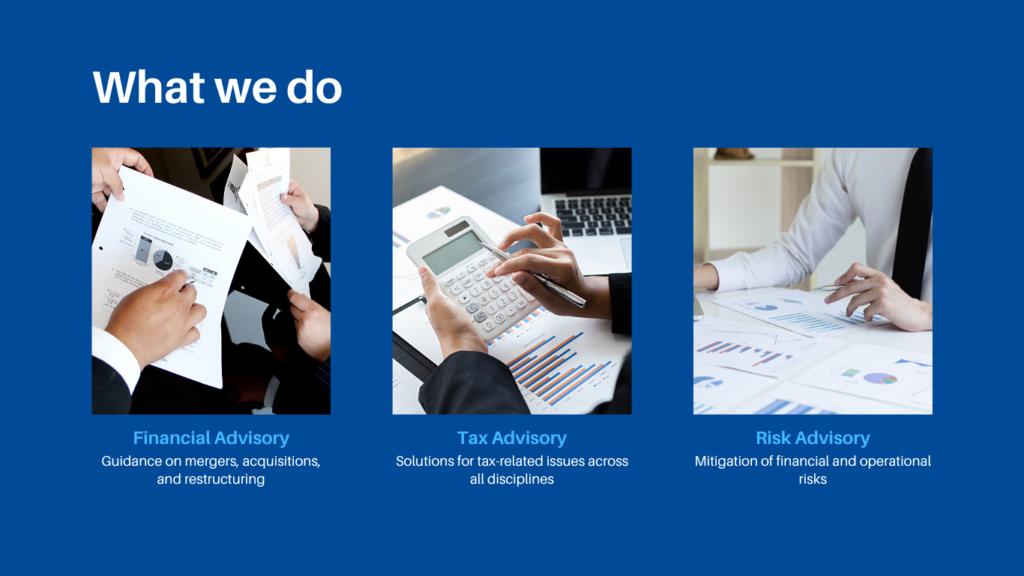



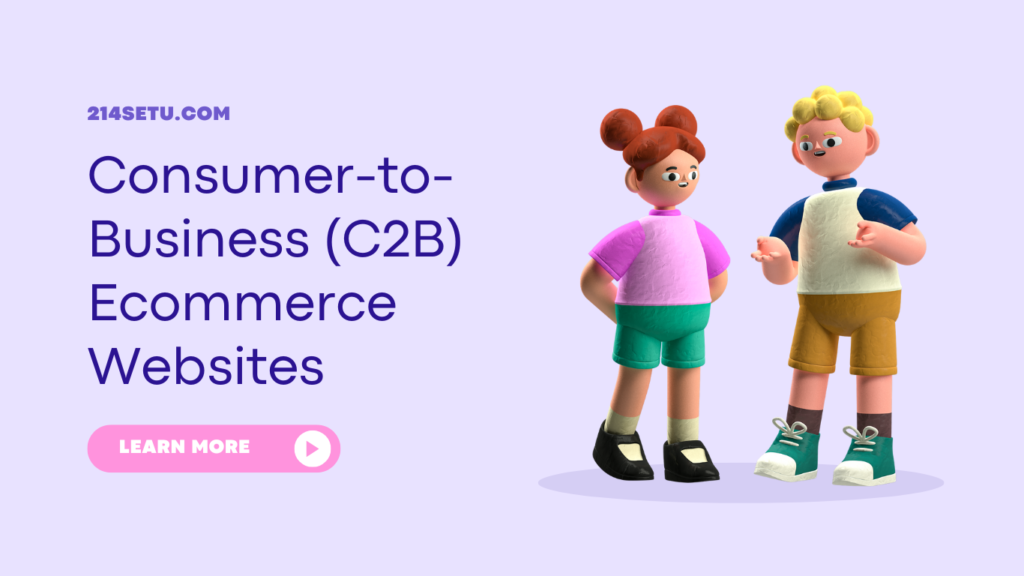
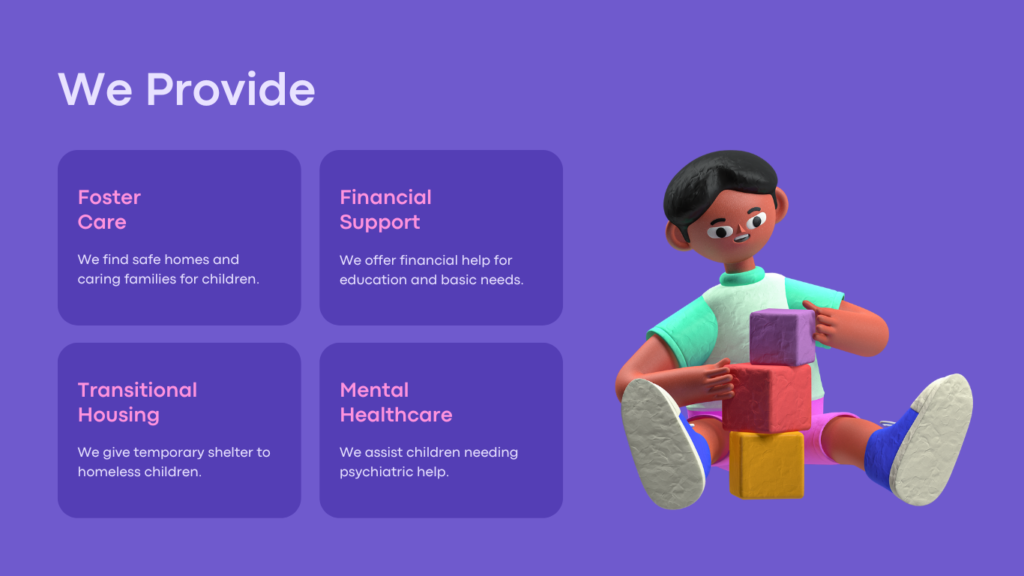
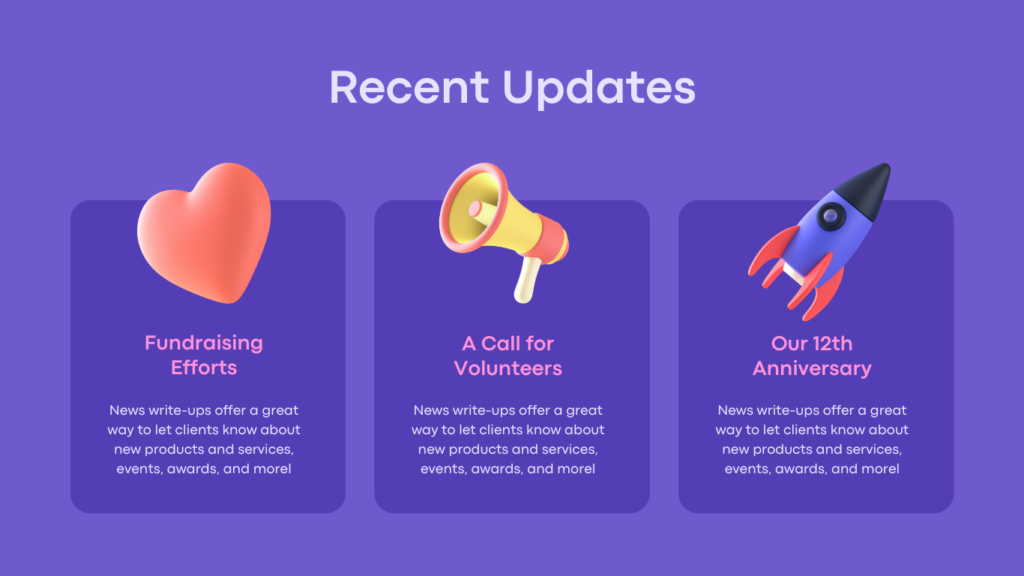
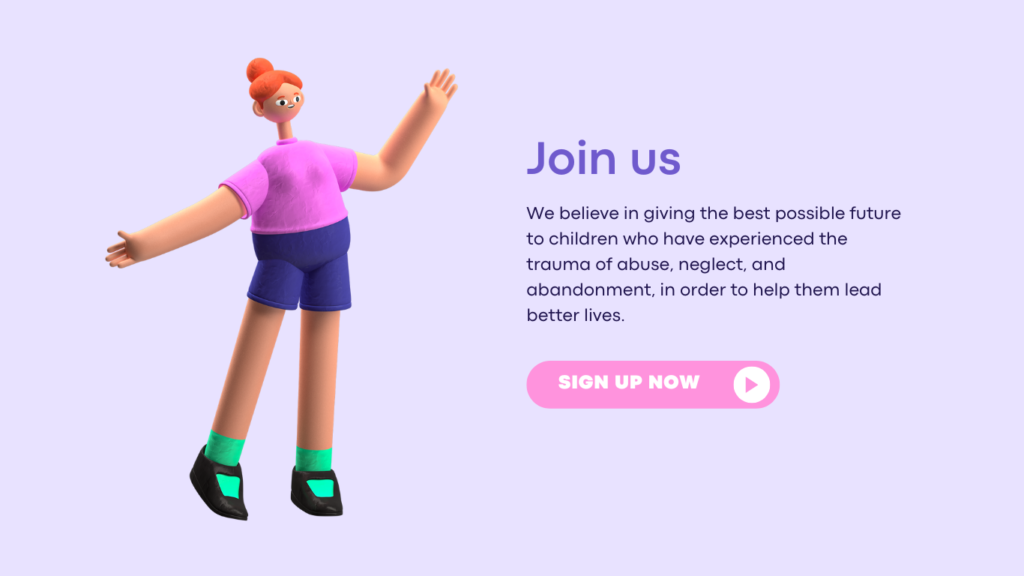
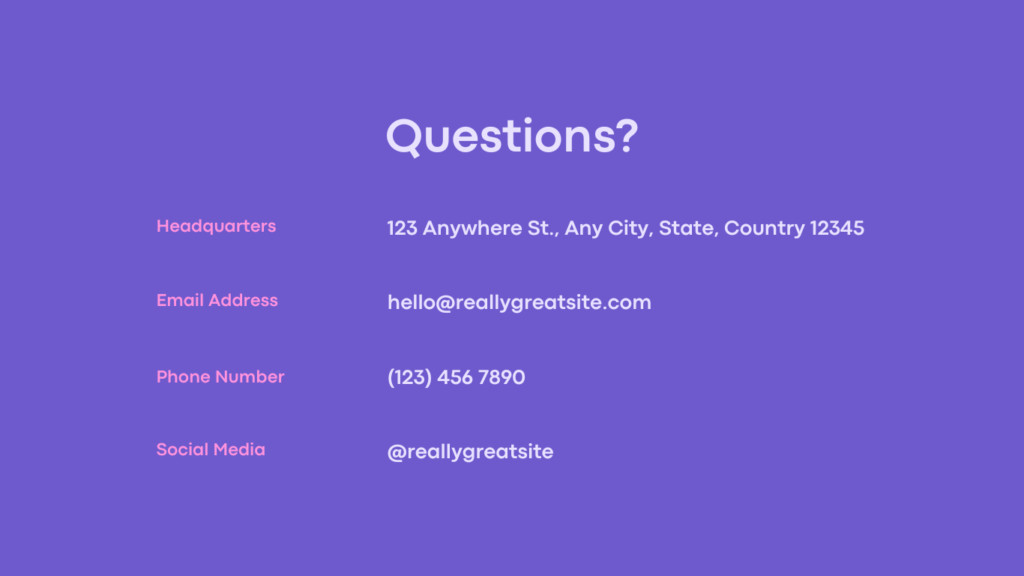



Comments are closed.